Prime Video’s The Lord Of The Rings: The Rings Of Power Rumored To Feature LGBTQ+ Representation
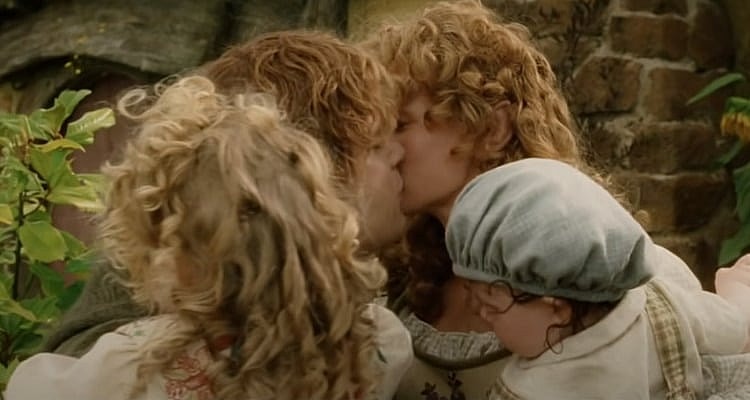
A brand new rumor claims that Prime Video’s upcoming The Lord of the Rings: The Rings Of Power series will feature LGBTQ+ representation.
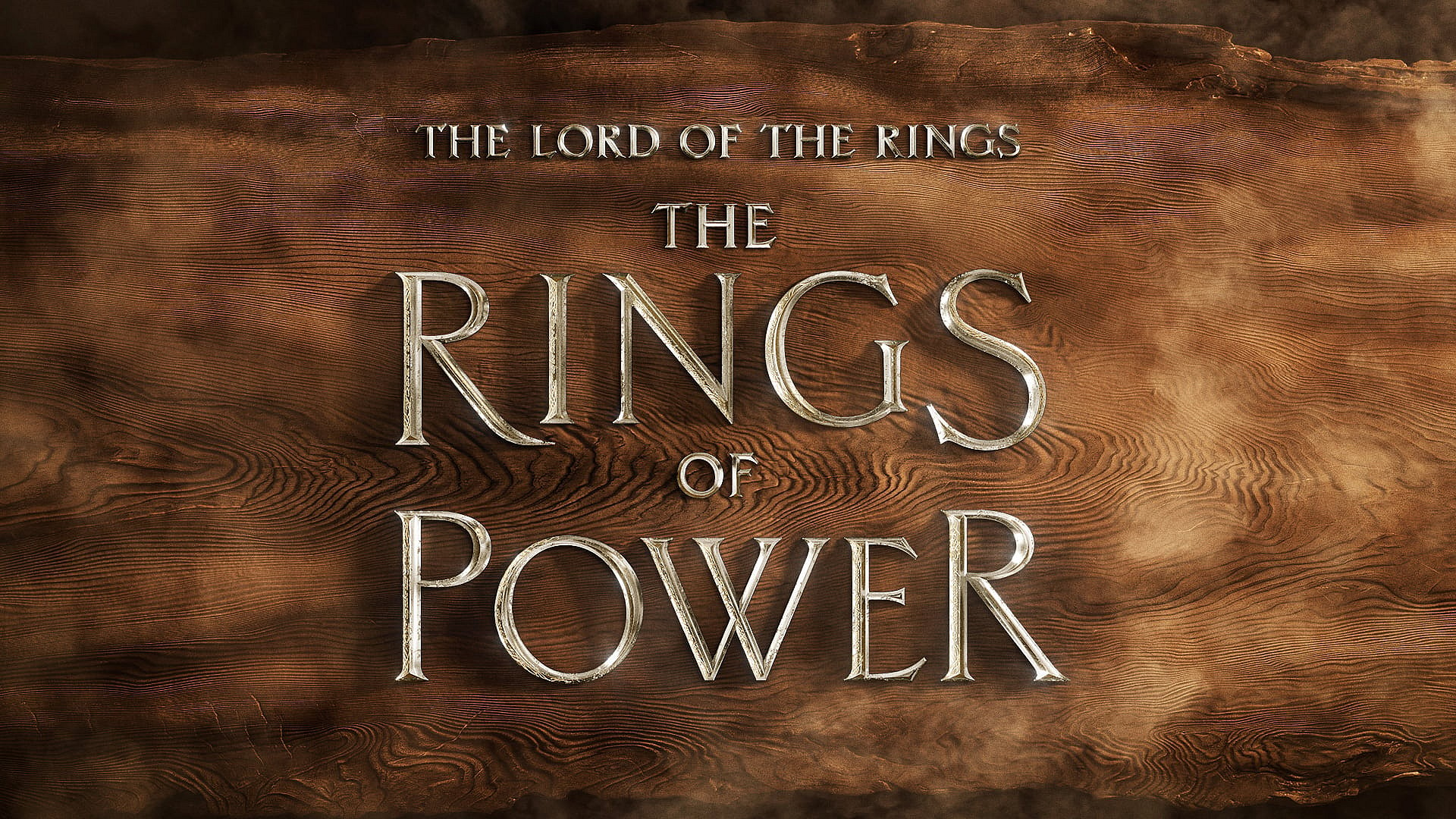
This new rumor comes from YouTuber Gary Buechler of Nerdrotic.
Buechler states, “I usually don’t run with rumors , but I’ll give you this one. Emailed to me by a random stranger, who I’ve never met, who says he watches my channel, says he is working on this peripherally somehow, has stated that there will be LGBTQ+ representation in Lord of the Rings on the Prime.”
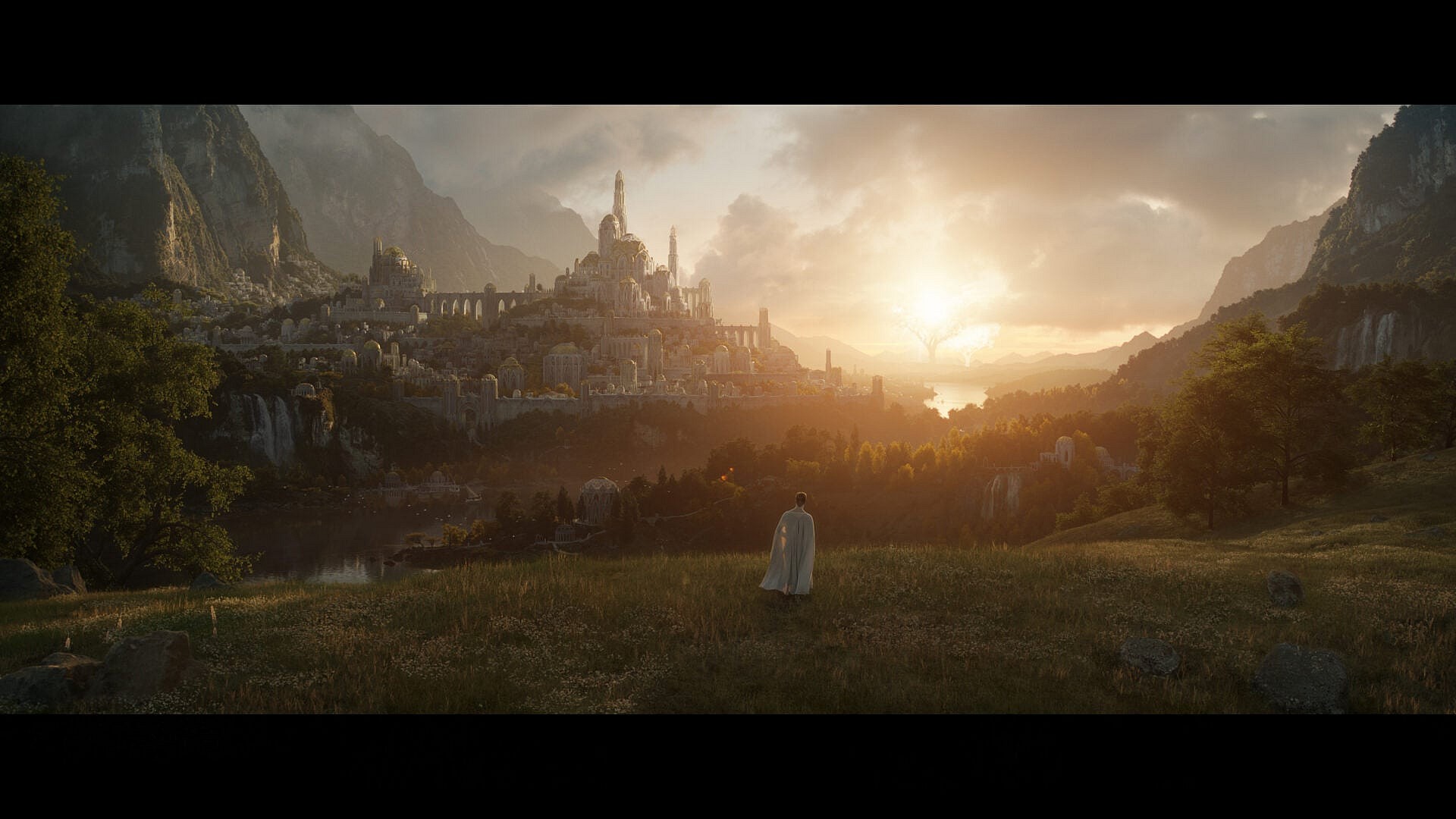
RELATED: Lord Of The Rings Fan Site Implies That J.R.R. Tolkien, As A Catholic, Would Celebrate LGBTQ
This latest rumor from Buechler comes after so-called The Lord of the Rings fan site TheOneRing.Net, who obtained the first official description of The Rings of Power series, channeled their inner Gríma Wormtongue and began pushing blatant LGBTQ+ propaganda onto not only J.R.R. Tolkien, but The Lord of the Rings as well.
Back in June 2021, the website took to Twitter to claim that Tolkien would celebrate LGBTQ because he was a devout follower of The Roman Catholic Church.

Twitter user BlackSa87753364 tweeted, “Wait until you find out, that J.R.R. Tolkien is a devout Roman Catholic Christian! Boy, are you guys in for a major shock!
The user added, “In fact, Lord of The Rings was heavily inspired by Christianity & i’m pretty sure Christianity doesn’t look too kindly on the alphabet people.”

TheOneRing.Net responded, “Tolkien followed the church, and the church celebrates LGBTQ, so I think the surprise is on you.”
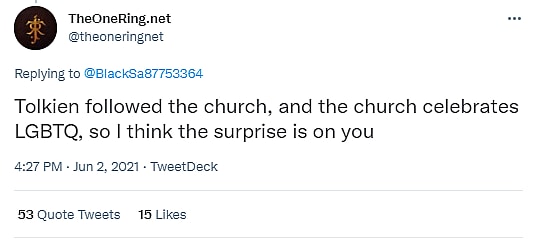
Father Christopher Miller, a Catholic priest, responded to this claim from TheOneRing.net.
He wrote on Twitter, “What the HECK?! as a Priest of Catholic Church, of which Tolkien was a devout member, that I can tell you that we do NOT ‘celebrate’ LGBTQ. You do realize the Catholic symbolism through LOTR right? lembas as a // to the Eucharist the REAL bread of life.”

The Catholic Church’s teaching on LGBTQ and homosexuality is quite clear. Section 2357 of the Catechism of the Catholic Church begins the section titled “Chastity and homosexuality.”
It reads, “Homosexuality refers to relations between men or between women who experience an exclusive or predominant sexual attraction toward persons of the same sex. It has taken a great variety of forms through the centuries and in different cultures.”
It continues, “Its psychological genesis remains largely unexplained. Basing itself on Sacred Scripture, which presents homosexual acts as acts of grave depravity, tradition has always declared that ‘homosexual acts are intrinsically disordrered.’ They are contrary to the natural law.”
The section concludes, “They close the sexual act to the gift of life. They do not proceed from a genuine affective and sexual complementarity. Under no circumstances can they be approved.”

Section 2358 elaborates, “The number of men and women who have deep-seated homosexual tendencies is not negligible. This inclination, which is objectively disordered constitutes for most of them a trail.”
They must be accepted with respect, compassion, and sensitivity. Every sign of unjust discrimination in their regard should be avoided. These persons are called to fulfill God’s will in their lives and, if they are Christians, to unite to the sacrifice of the Lord’s Cross the difficulties they may encounter from their condition.”
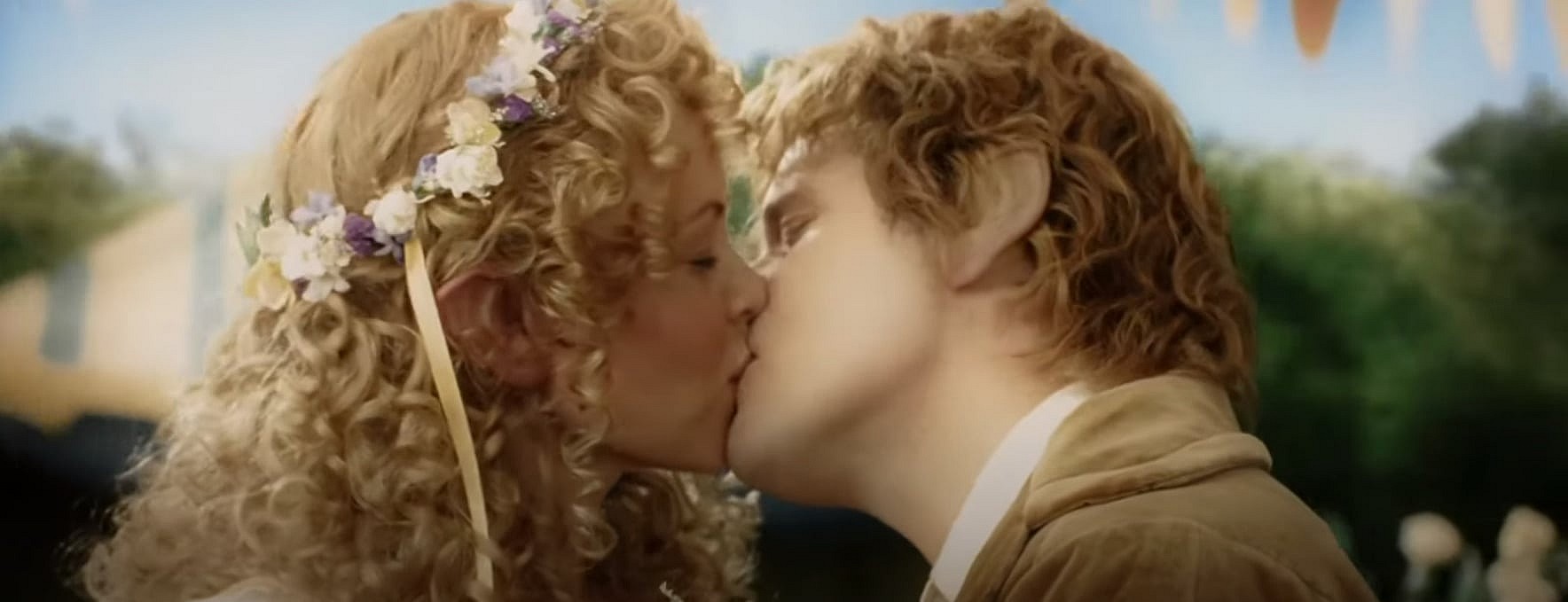
Finally, Section 2359 concludes the section titled “Chastity and homosexuality.”
It reads, “Homosexual persons are called to chastity. By the virtues of self-mastery that teach them inner freedom, at times by the support of disinterested friendship, by prayer and sacramental grace, they can and should gradually and resolutely approach Christian perfection.”

RELATED: The Lord Of The Rings Fan Site Embarrasses Itself By Promoting Easily Disprovable Gay Elves Theory
Then in September 2021, TheOneRing.Net pushed an easily disprovable theory concerning gay elves.
TheOneRing.Net retweeted two users claiming a recent excerpt from The Nature of Middle-earth book edited by Carl F. Hostetter claims that Tolkien intended for elves to be gay.
First, TheOneRing.net retweeted Twitter user noldorina who wrote, “GAY ELVES CANON. TOLKENIAN GAY ELVES CANON.”

They then retweeted another user, Hector Guerra, who wrote, “Right wing Tolkien fans: ‘Amazon is going to ruin Tolkien with their gay and lesbian elves’ Tolkien: ‘The correct terms in Quenya are Meletorni and Meletheldi.’”

RELATED: The Lord Of The Rings Rumor Claims One Of Galadriel’s Brothers Plays A Leader Of A Band Of Orcs
The screenshot states, “In this matter the Elven-tongues make distinctions. To speak of Quenya: Love, which Men might call ‘friendship’ (but for the greater strength and warmth and permanency with which it was felt by the Quendi) was represented by √mel. This was primarily a motion or inclination of the fëa, and therefore could occur between persons of the same sex or different sexes.”
The excerpt continued, “It included no sexual or procreative desire, though naturally in Incarnates the difference of sex altered the emotion, since ‘sex’ is held by the Eldar to belong also to the fëa and not solely to the hröa, and is therefore not wholly included in procreation. Such persons were often called melotorni ‘love brothers’ and meletheldi ‘love-sisters’.”
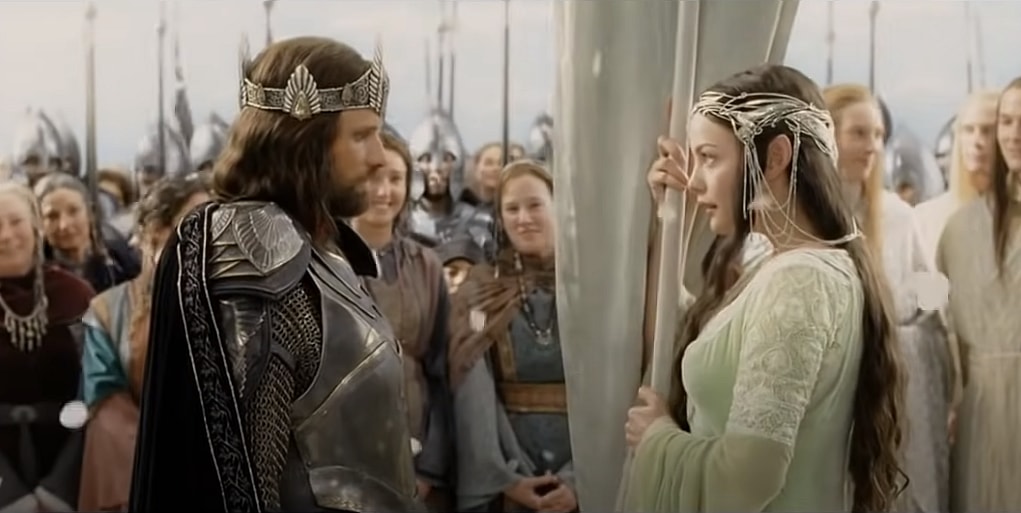
Hostetter would rebuke this theory in the LOTR on Prime subreddit when user TransHumanAngel attempted to push the theory writing, “Melotorni – ‘love brothers’. Same sex love in adaptation. From the Nature of Middle-earth.”
Hostetter responded, ““Nowhere does Tolkien ascribe the meaning ‘romance” to √mel. He specifically excludes sexuality from its meaning. He says that Men might call √mel ‘friendship’, but that it was felt with “greater strength and warmth and permanency” than what Men call ‘friendship’. As such, √mel seems closer in meaning to ‘devotion’ and ‘dedication’ than to mere ‘friendship’. (Think of Sam and Frodo.) But again, it has nothing at all to do with either romance or sexual desire.”

He then provided further clarification responding to another user, “‘Nobody said it was used for sexual desire’ — Yes, many have. Just search for ‘homosexual’ in this thread.”
“The devotion that married couples feel for each other can indeed be felt by men and by women for each other. We ourselves experience this in familial bonds, which can be extended to non-family members. It has nothing at all to do with either sex or romance,” he added.

RELATED: New Rumor Provides Details About Sauron’s Role In Amazon’s Lord of the Rings Series
In a response to another user he wrote, “It’s more complicated than that. He also says that “The ‘desire’ for marriage and bodily union was represented by √yer; but this never in the uncorrupted occurred without ‘love’ √mel …. This element [√yer] was therefore seldom used except to describe occasions of its dominance in the process of courting and marriage. The feelings of lovers desiring marriage, and of husband and wife, were usually described by √mel. This ‘love’ remained, of course, permanent after the satisfaction of √yer in the “Time of the Children”; but was strengthened by this satisfaction and the memory of it to a normally unbreakable bond….”
He continued, “So, √mel, which “Men might call “friendship” (but for the greater strength and warmth and permanency with which it was felt by the Quendi)” is felt, in addition to √yer, by those desiring marriage and bodily union: √yer is always accompanied by √mel, but √mel is _not_ √yer. √mel is however _strengthened_ by the satisfaction of √yer; so the √mel felt by a married couple after the Time of the Children is not the same as before, and thus not the same as that felt among _melotorni_ and _meletheldi_.”
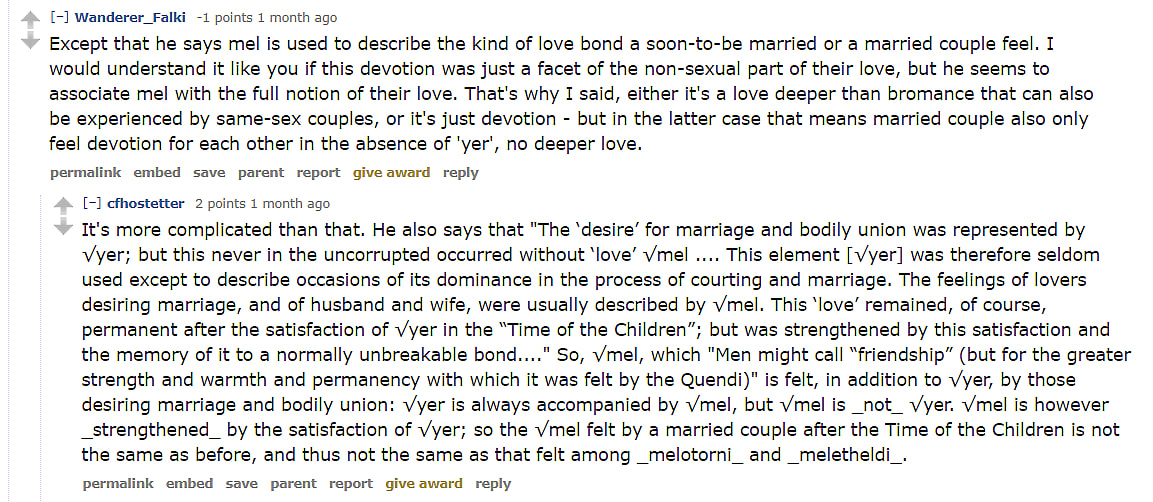
He followed that up writing, “In short, it seems to me that √yer is the desire for bodily union, while √mel is the devotion that those experiencing √yer likewise feel for each other, and feel in still more strengthened form after the Time of the Children; as well as the devotion felt by _melotorni_ and _meletheldi_.”

RELATED: The Tolkien Society’s Summer Seminar 2021 Will Focus On “Tolkien And Diversity”
On top of what appears to be a social media campaign to push LGBTQ+ ideology onto Tolkien and into The Lord of the Rings by TheOneRing.Net, The Tolkien Society also recently featured a seminar titled Tolkien and Diversity.
The organization explained its objective with the seminar, “Spurred by recent interpretations of Tolkien’s creations and the cast list of the upcoming Amazon show The Lord of the Rings, it is crucial we discuss the theme of diversity in relation to Tolkien.”
They elaborated, “How do adaptations of Tolkien’s works (from film and art to music) open a discourse on diversity within Tolkien’s works and his place within modern society? Beyond his secondary-world, diversity further encompasses Tolkien’s readership and how his texts exist within the primary world. Who is reading Tolkien? How is he understood around the globe? How may these new readings enrich current perspectives on Tolkien?”
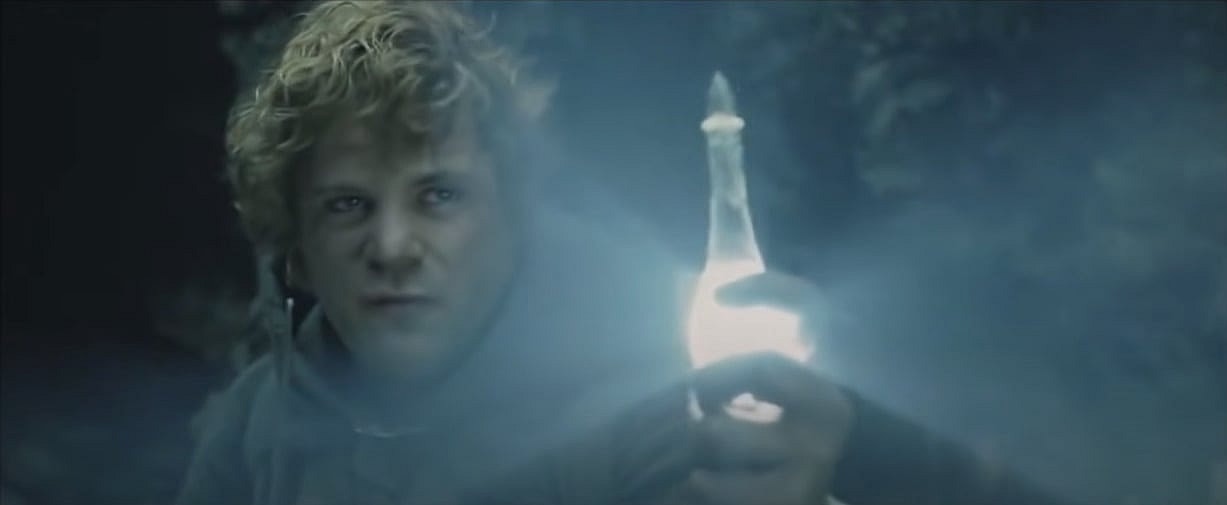
From there The Tolkien Society stated, “Representation is now more important than ever and Tolkien’s efforts to represent (or ignore) particular characteristics requires further examination. Additionally, how a character’s identity shapes and influences its place within Tolkien’s secondary-world still requires greater attention.”
They then explained the purpose of the seminar. “This seminar aims to explore the many possible applications of “diversity” within Tolkien’s works, his adaptations, and his readership.”
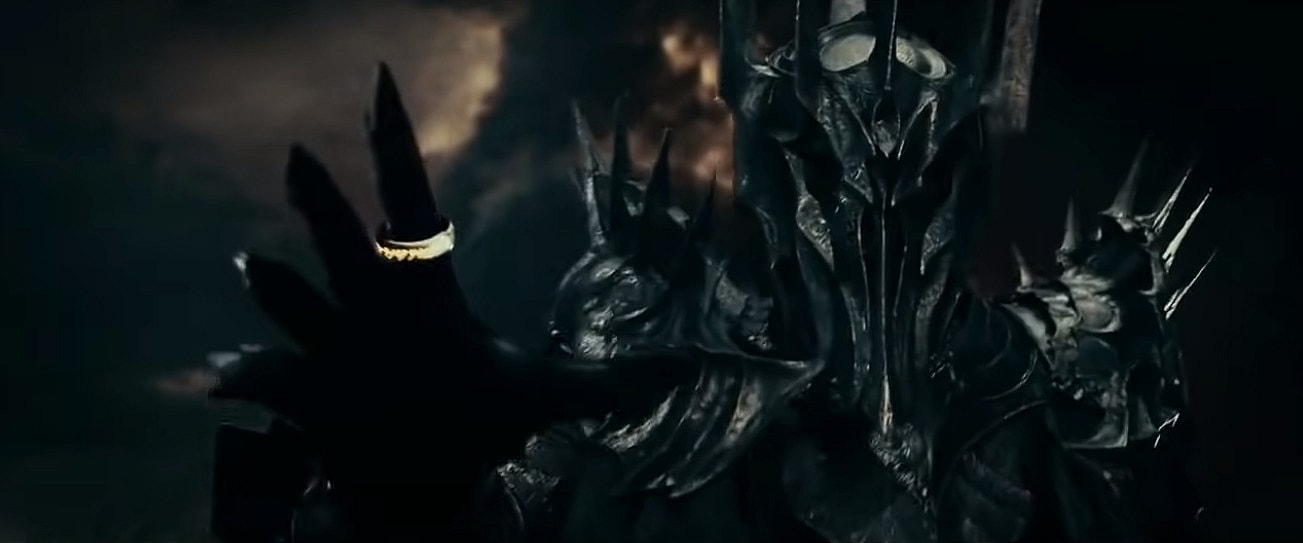
The Tolkien Society then prompted a number of topics that papers should focus on.
They included:
- Representation in Tolkien’s works (race, gender, sexuality, disability, class, religion, age etc.)
- Tolkien’s approach to colonialism and post-colonialism
- Adaptations of Tolkien’s works
- Diversity and representation in Tolkien academia and readership
- Identity within Tolkien’s works
- Alterity in Tolkien’s works
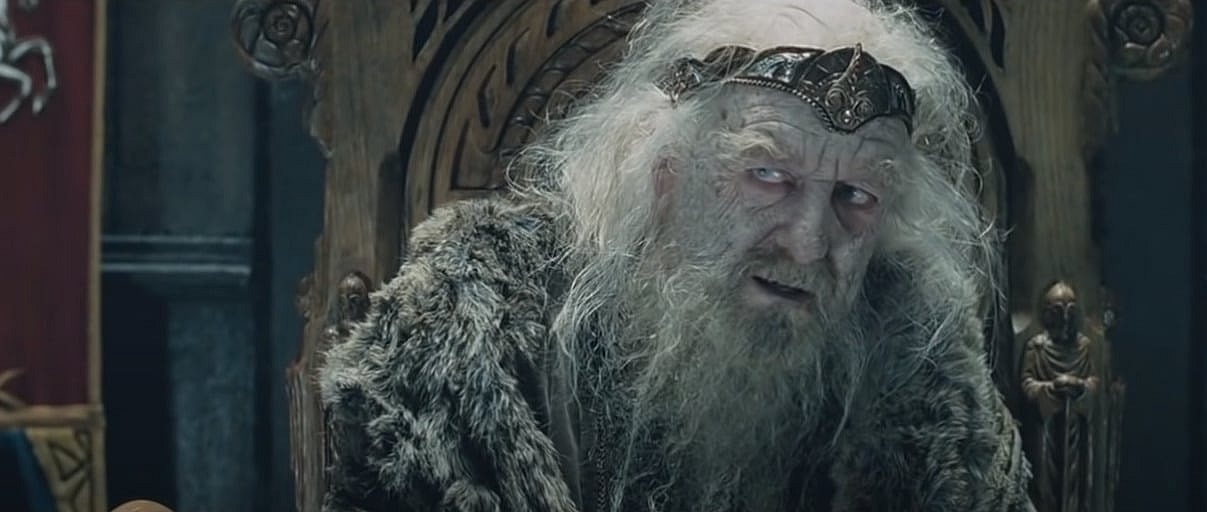
The actual papers discussed included:
- Gondor in Transition: A Brief Introduction to Transgender Realities in The Lord of the Rings
- The Problem of Pain: Portraying Physical Disability in the Fantasy of J. R. R. Tolkien
- “The Burnt Hand Teaches Most About Fire”: Applying Traumatic Stress and Ecological Frameworks to Narratives of Displacement and Resettlement Across Cultures in Tolkien’s Middle-earth
- The Invisible Other: Tolkien’s Dwarf-Women and the ‘Feminine Lack’
- Projecting Indian Myths, Culture and History onto Tolkien’s Worlds
- The Lossoth: Indigeneity, Identity, and Antiracism
- The Problematic Perimeters of Elrond Half-elven and Ronald English-Catholic
- Hearkening to the Other: Athrabeth Finrod ah Andreth
- Pardoning Saruman?: The Queer in Tolkien’s The Lord of the Rings
- Desire of the Ring: An Indian Academic’s Adventures in her Quest for the Perilous Realm
- Queer Atheists, Agnostics, and Animists, Oh, My!
- Hidden Visions: Iconographies of Alterity in Soviet Bloc Illustrations for The Lord of the Rings
- Questions of Caste in The Lord of the Rings and its Multiple Chinese Translations
- Stars Less Strange: An Analysis of Fanfiction and Representation within the Tolkien Fan Community
- “Something Mighty Queer”: Destabilizing Cishetero Amatonormativity in the Works of Tolkien
- Translation as a means of representation and diversity in Tolkien’s scholarship and fandom

RELATED: Actor Lenny Henry Confirms Radical Changes To Hobbits In Amazon’s The Lord of the Rings Series
Not only is prominent The Lord of the Rings fan site pushing easily disprovable LGBTQ+ theories about Tolkien and his work, but actor Lenny Henry did confirm that The Rings of Power has identity politics at its forefront.
Henry revealed on BBC Radio 4’s Saturday Live show that he plays a black Hobbit. He stated, “I’m a Harfoot, because J.R.R. Tolkien, who was from Birmingham… suddenly there were black Hobbits, I’m a black Hobbit. It’s brilliant.”
“And what’s notable about this run of the book; its a prequel to the age that we’ve seen in the films and in the books. It’s about the early days of the Shire and Tolkien’s environment. It’s the early days of it, so we’re an indigenous population of Harfoots, we’re hobbits, but we’re called Harfoots. And we’re multi-cultural. We’re a tribe. We’re not a race. So there are black, Asian and brown, and even Maori types within it,” he elaborated.
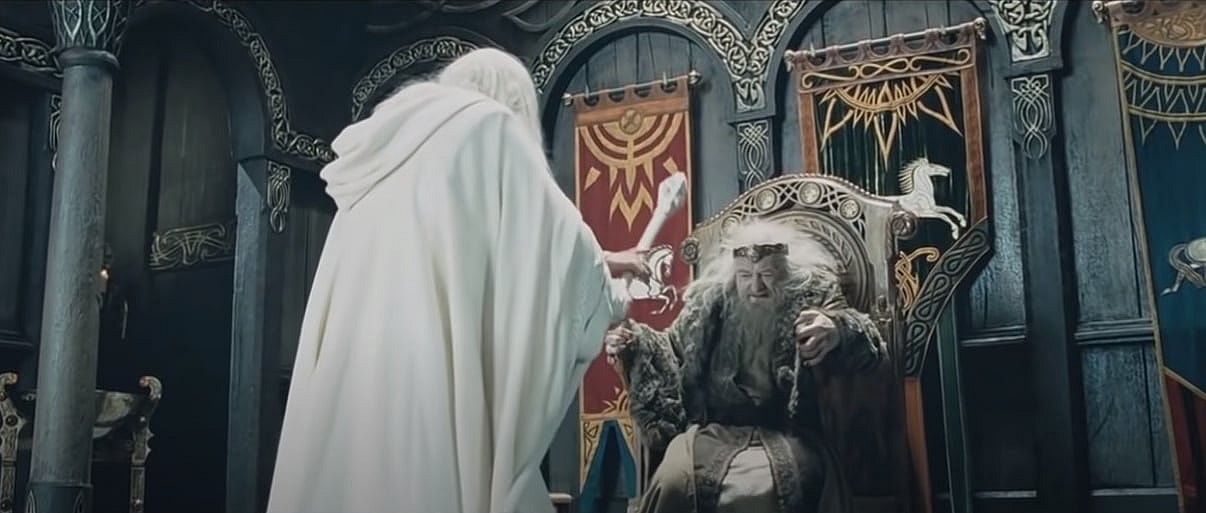
“And it’s a whole brand new set of adventures that seed some of the origins of different characters and it’s going to take at least ten years to tell the story. Because it’s based on the Silmarillion which was almost like a cheat sheet of what happens next in this world – in the first, second, and third ages,” he continued.
Henry concluded, “And the writers have a lot of fun in extrapolating it all out. And it’s going to be very, very exciting. And there’s a very strong female presence in this. There are going to be female heroes in this evocation of the story; and there are going to be little people as usual.”
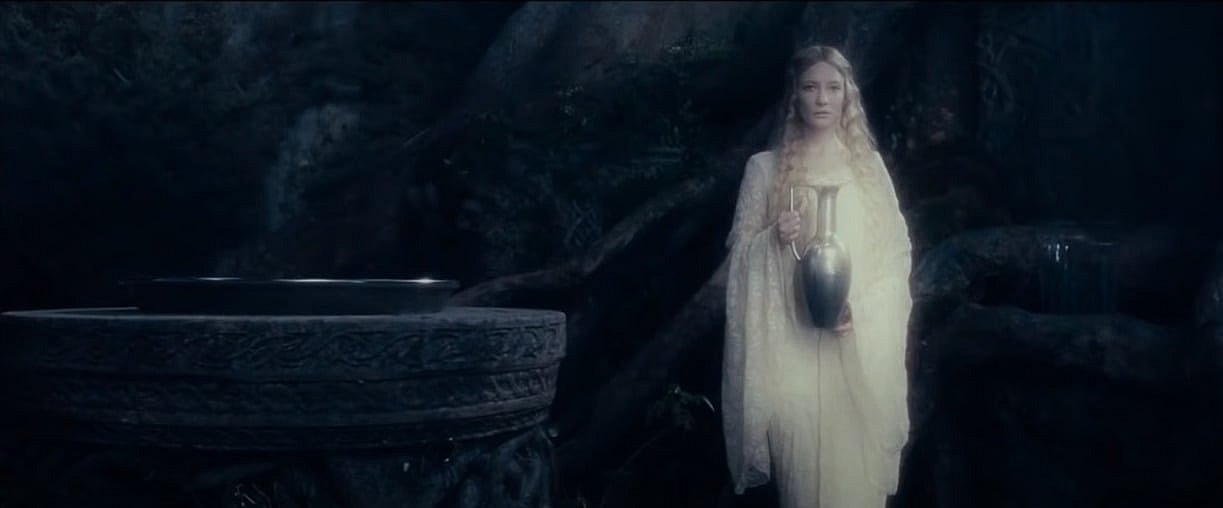
The Harfoots are not black and neither are they multicultural.
Tolkien mentions the Harfoots in the prologue of The Fellowship of the Ring writing, “Before the crossing of the mountains the Hobbits had already become divided into three somewhat different breeds: Harfoots, Stoors, and Fallohides.”
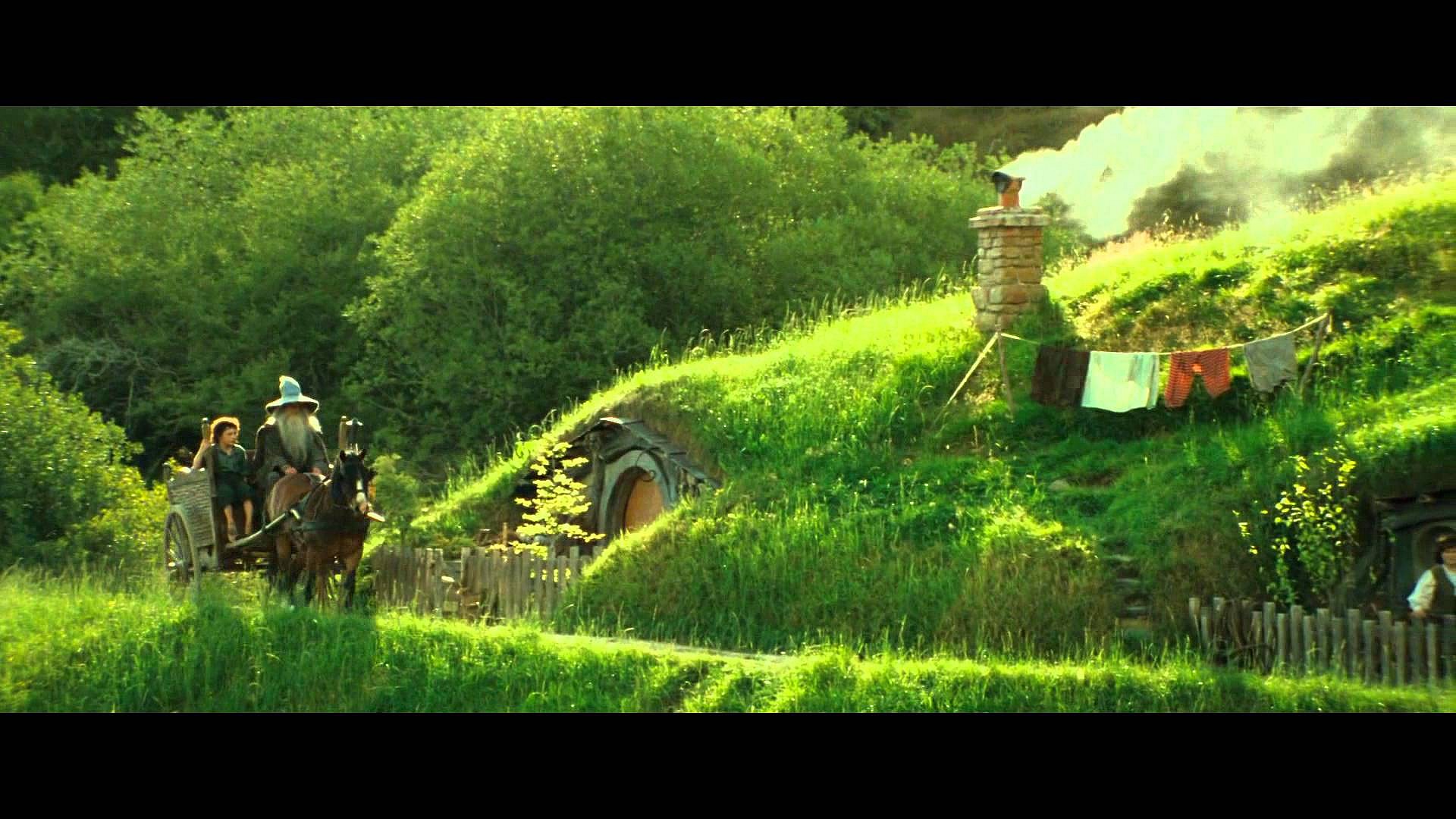
He went on to describe the Harfoots writing, “The Harfoots were browner of skin, smaller, and shorter, and they were beardless and bootless; their hands and feet were neat and nimble; and they preferred highlands and hillsides.”
Tolkien would later detail, “The Harfoots had much to do with Dwarves in ancient times, and long lived in the foothills of the mountains. They moved westward early, and roamed over Eriador as far as Weathertop while the others were still in Wilderland. They were the most normal and representative variety of Hobbit, and far the most numerous. They were the most inclined to settle in one place, and longest preserved their ancestral habit of living in tunnels and holes.”
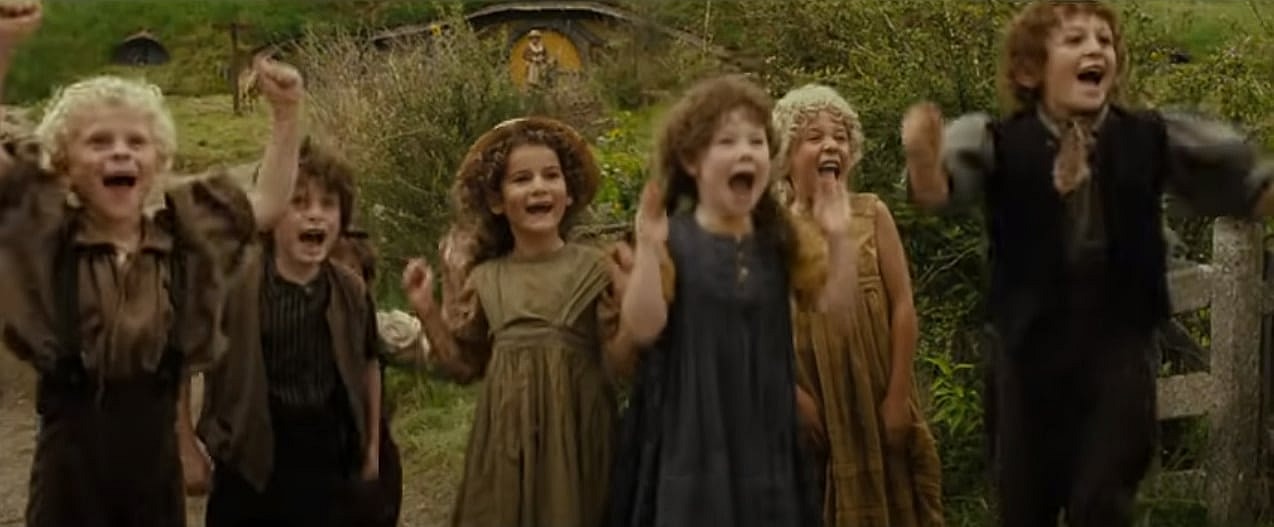
It’s been confirmed by Henry that there will be a focus on identity politics in the show, TheOneRing.Net appeared to be pushing LGBTQ+ ideology through a social media campaign, and The Tolkien Society also happened to be pushing it through a seminar in order to reimagine how The Lord of the Rings is viewed.
It wouldn’t surprise me if this rumor is true, given what we are already seeing surrounding the show.
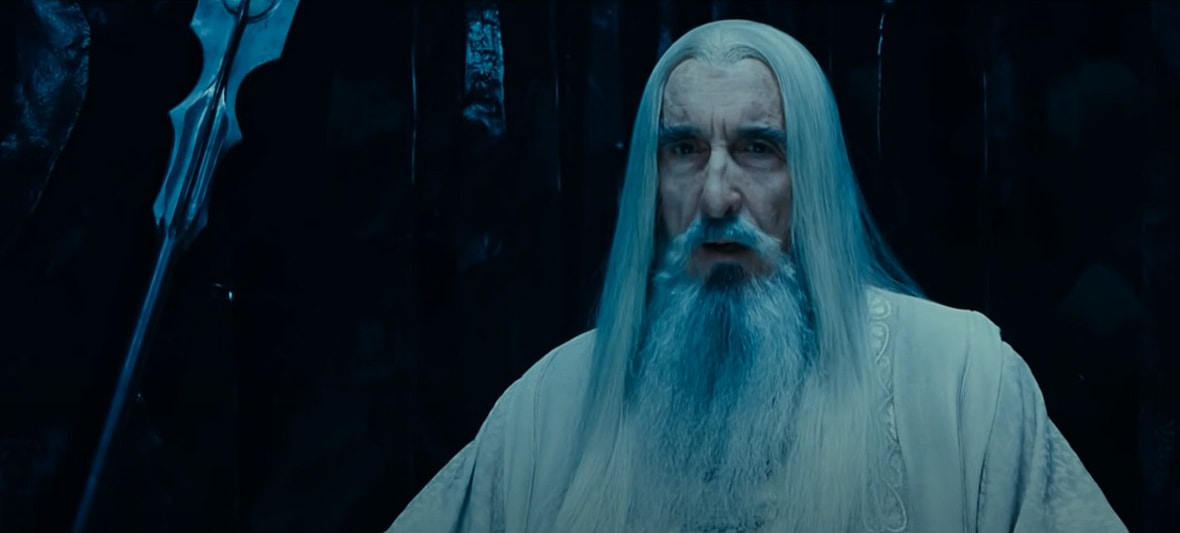
What do you make of this new?
NEXT: Sam And Frodo Are Not Homosexuals In The Lord Of The Rings, J.R.R. Tolkien Made That Quite Clear
